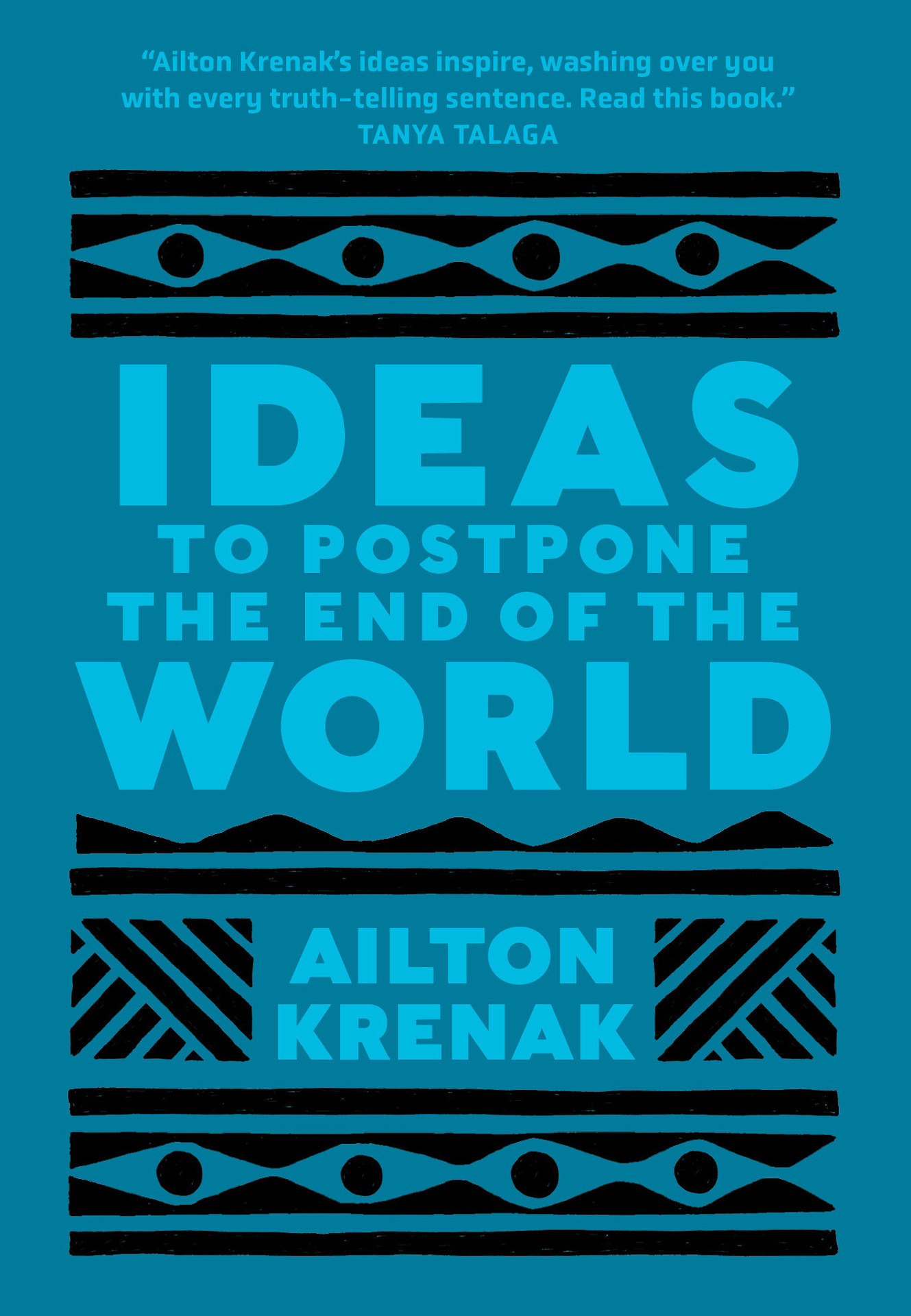Timothy Morton, The Ecological Thought. Harvard UP, 2010.
In The Ecological Thought, published in 2010, Timothy Morton describes his ideas about nature and their relationship with climate change. The book is divided into an introduction and three chapters in which he explains how to start thinking ecologically. Morton is an English philosopher who has tried to bring a new perspective on the environment. His criticism toward deep ecology (which he sees as part of the problem because it is anchored to liberalism) exposes a new path that he believes we must walk if we want to reach a possible solution to the current climate crisis.
The Ecological Thought is an attempt to expand the idea he had presented in his previous book, Ecology Without Nature (2007). To face the actual climate crisis, our concept of nature must change, with our focus shifting to the necessity of learning how to live together. In order to achieve that coexistence, we have to embrace ecological thought because it helps us to understand that ecology is about the radical interconnectedness among all that exists on the planet and in the universe.
The problem with the traditional concept of nature is that it describes an ideal space that is always beyond our grasp, unreachable, and, because of that, useless for ecological practice. Morton explains that our idea of faceless mother nature is based on sedentary agricultural societies. Therefore, it “provides the very motivation for exploitation of Earth” (7). For Morton, the intention is not to get rid of physical nature but to become aware that our idea of nature has left us in the crisis that we face today. Morton’s purpose is to present the possibility of unsettling the way we think about our relation to space to get a new experience of it.
One of the main concepts that Morton describes as a possible alternative to conception of nature is “mesh.” Mesh works more than as simply a web or network because, unlike, for example, the internet, it reveals both the threads that connect to create the web and the whole fashioned by the connections. The image of the mesh reunites what exists (and its connections) with what does not (the holes necessary for the web to exist). Instead of trying to get a place that is always over yonder, the mesh creates a space in which and through which all types of entities can move. All of us are involved with others and are part of the same existence.
Morton argues that by being aware of our multiple connections, we will be more willing to start thinking about the space we share, and, therefore, we will begin to take care of it. In the end, thinking ecologically means we are aware that we live on earth and need air, water, people, animals, bacteria, energy, time, and all that exists and does not exist. All those elements are connected deeply and strangely to conform to our existence. That is why we need to take care of them.
Review by Mario Henao



